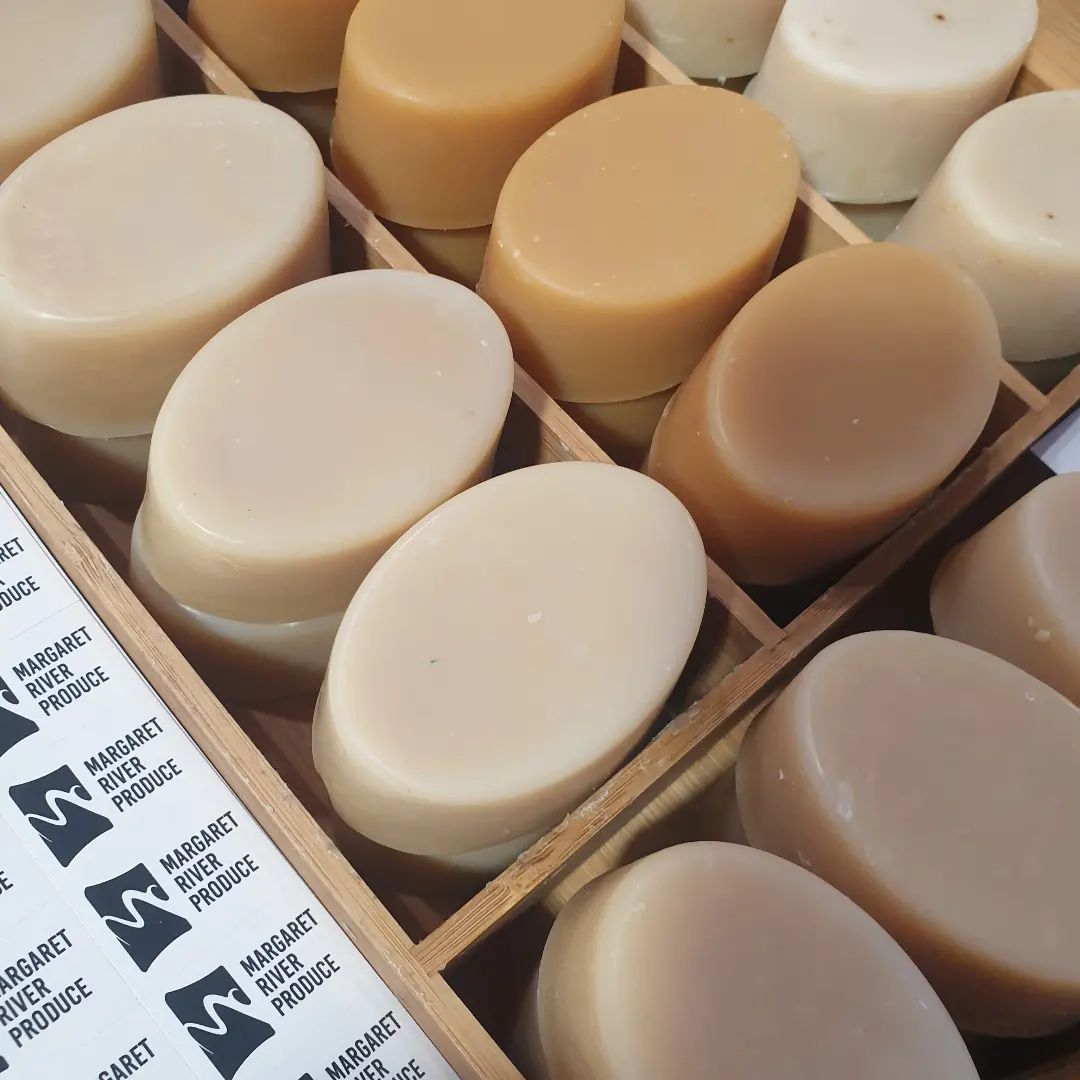To make soap I emulsify coconut and olive oils with a lye solution of goatsmilk which saponifies the oils.
Saponification is the chemical reaction between an alkali and fats and it produces a lot of heat during the process. Soap making is temperature critical, especially when working with milk, which can burn if the emulsion gets too hot.
Soap was anecdotally first discovered thousands of years ago when wood ash was used as a cleaning agent and the fats from animals cooked over the fire made the ash bubbly.
Lye is an alkali or hydroxide and there are 2 kinds used for in soap-making.
Sodium Hydroxide (NaOH) lye is used to make bar soap and Potassium Hydroxide (KOH) lye is used to make liquid soap.
The English word lye has cognates in all Germanic languages, and originally designated a bath or hot spring. Wikipedia
The process of saponification produces salts of fatty acids and glycerin and is the only way to make real, natural soap. The label may not include lye, but even with melt and pour soaps, it has to be used to transform oils into soap.
If it is not soap, it is a detergent.
Natural soaps do not break down the skin barrier as they work differently to detergents.
One end of soap molecules loves water - they are hydrophilic - and the other end of soap molecues hates water - they are hydrophobic and this is how they lift dirt.
In body-washes, cleansers, commercial cleaning products and shampoos, they have to use anionic detergents and surfactants, like sodium lauryl sulphate, to do the same thing.
Detergents can strip moisture form the skin which is why chemical companies sell separate conditioners and moisturisers to put it back in.

